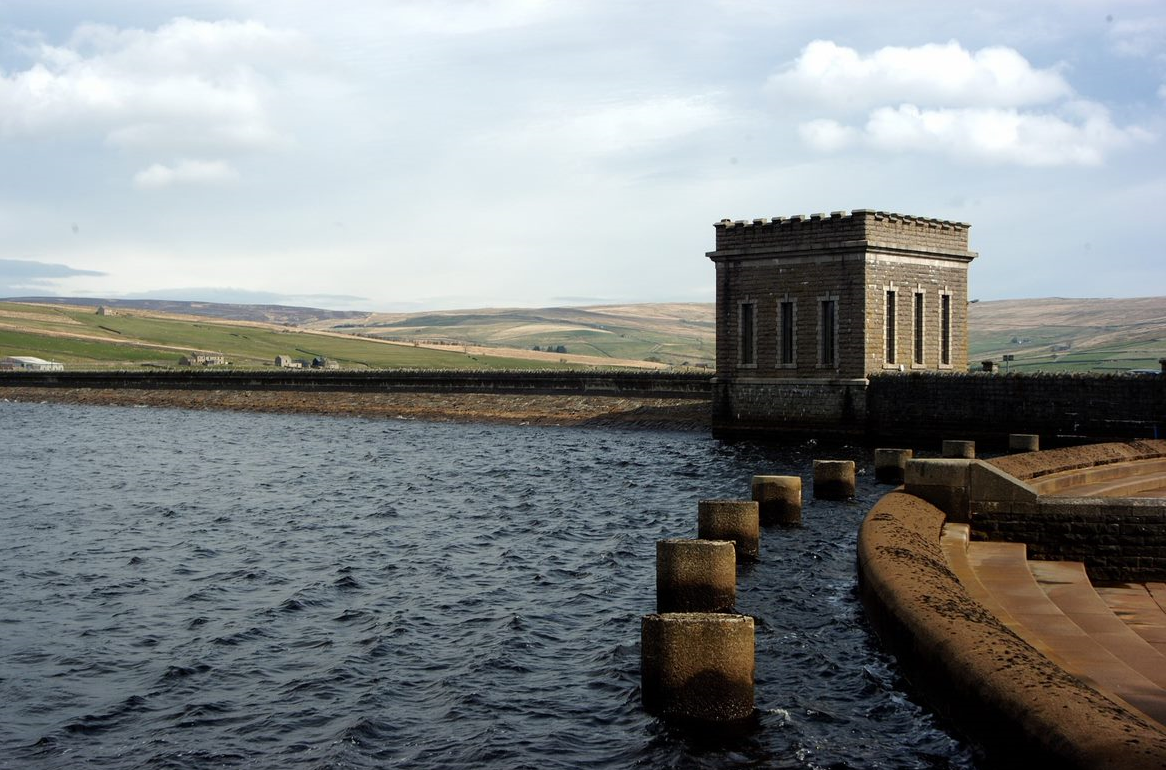Stunning pictures show where YOUR clear, great tasting tap water comes from – depending on what part of the region you live in.
When you turn on your tap at home, you don’t necessarily think of some of the North East’s most beautiful tourism spots.
However, for the first time, Northumbrian Water has mapped out exactly where your water comes from – depending on whereabouts in the region you live.
Following the launch of the “I Like Mine” campaign last month (OCT), the utility company has started to pinpoint exactly which areas receive water from where, in a bid to encourage customers to drink more tap water.
Alan Brown, Head of Water Quality at Northumbrian Water, said: “People often wonder why their water tastes different to their friends or family’s, even if they live fairly close by.
“This is because each area receives water from different sources across the region, including some well-known beauty spots. Sources can vary from rivers to reservoirs.
“We work hard to make sure that our customers get clean, clear and great tasting water straight into their homes, but we also thought it would be interesting to share the journey along the way.”
People living in areas North of Newcastle, such as Gosforth and Fenham receive some of their water from the serene reservoir of Kielder, where rainfall is collected under the world-famous dark skies.

However, further down the region, in Sunderland and some areas of Durham, locals receive their water from Derwent Reservoir – which is nationally recognised as a North Pennines Area of Outstanding Beauty.
Other key elements to this area’s water come from Burnhope reservoir in Wearhead, and is also taken from the River Wear itself. These are then treated together at water treatment works in Chester-le-Street or Wearhead.

For people living in areas such as Redcar, Marske-by-the-Sea, Skelton, Saltburn-by-the-sea or Loftus, their water starts its journey in the stunning area of Upper Teesdale - home to the impressive High Force.

Rainfall collected in open-air reservoirs in Upper Teesdale, and water from the River Tees is moved to two water treatment works by a series of pipes and pumps before travelling into customers houses.
Northumbrian Water are planning on expanding the water journey maps, so that all customers can see exactly where their water comes from based on their geographical location.
Alan added: “During the winter, the drop in temperatures can affect how our tap water tastes and smells. This is completely normal.
“As the weather gets colder, a taste or smell of chlorine may be more apparent, but this is nothing to worry about.
“Small differences in temperature can even change the taste and smell of your water between rooms in your home.”
The water company maintains over 17,000km of water main across the North East, which is the equivalent distance from Durham City Centre to Sydney, Australia.
Customers are supplied with the equivalent of 140 litres of water per person per day – which is the equivalent of carrying 70 two-litre bottles of water home from the shop every day for drinking, cooking, washing and cleaning.
For more information, visit - www.nwl.co.uk/ilikemine
For answers to commonly asked questions regarding the taste and smell of water, visit - www.nwl.co.uk/services/water/water-quality/taste-smells/
